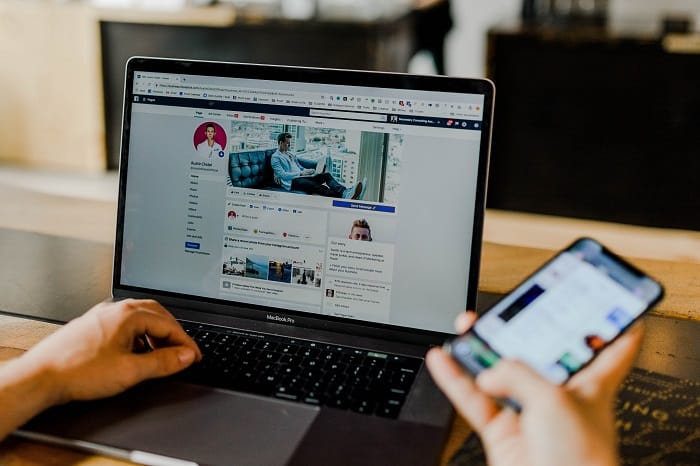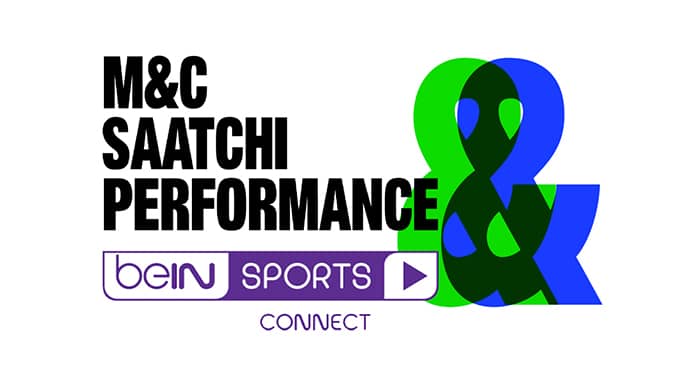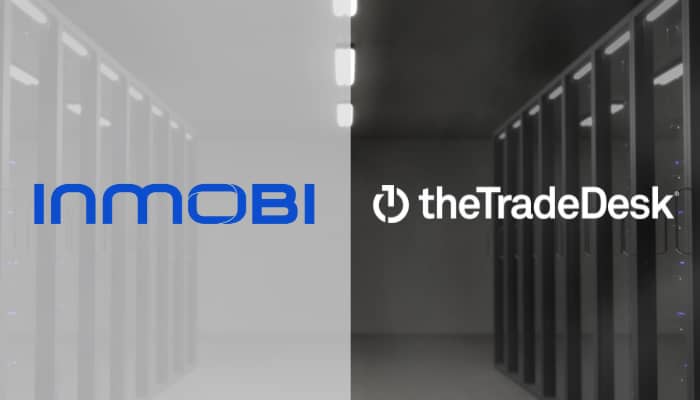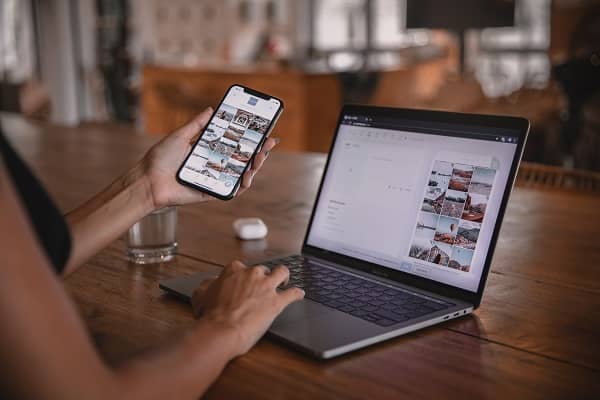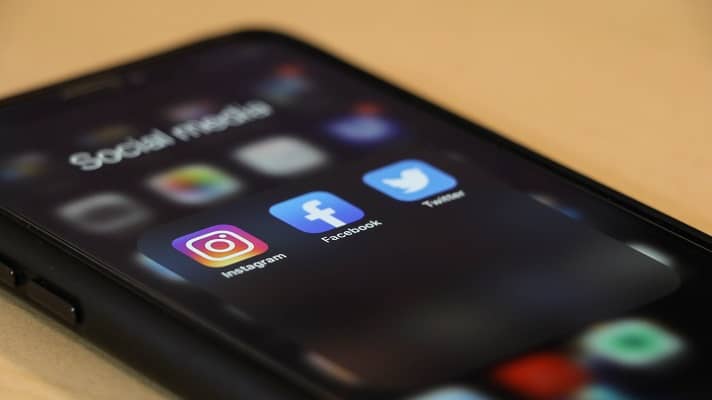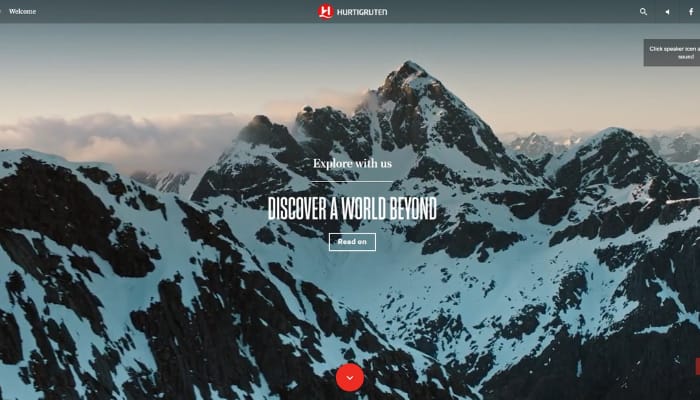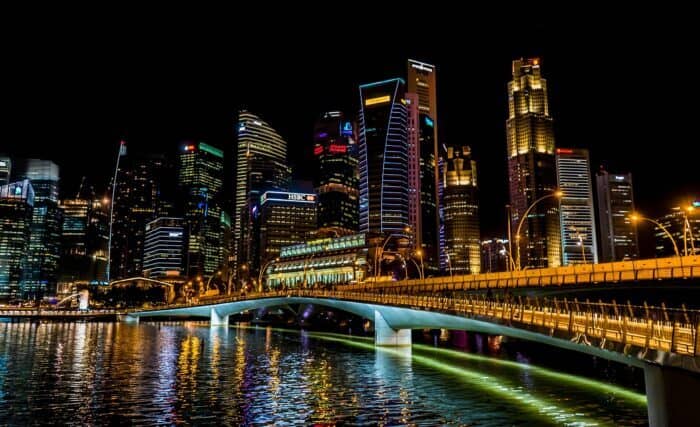Mumbai, India – The Advertising Standards Council of India (ASCI) has released Monday, draft guidelines for influencer advertising on digital media.
The guidelines were established by the regulatory body in response to the surging influencer marketing in the country, and the tendencies following naturally of influencers and marketers to insufficiently identify and distinguish that a digital content is promotional.
According to digital marketing agency AdLift, India’s influencer market is estimated at US$75M to US$150M a year as compared to the global market of $1.75B, and ASCI foresees that such medium is poised to increase further in practice as more Indians go online.
ASCI said that when influencers fail to properly identify promotional content, the non-disclosure is misleading, and therefore a disservice to consumers.
The council’s draft guidelines consist of 10 pointers. The direction mainly guides influencers and marketers on how a disclosure label should rightly appear, and where it must be properly placed within a content to achieve the transparency for audiences and consumers.
ASCI said that branded and promotional content must be obviously distinguishable by the average consumer from editorial and independent user-generated content. It is not enough that advertisers label the content but that disclosure labels must be from the approved specifications.
The reason for this is that some consumers may not be familiarized by the creative ways influencers and advertisers choose to deliver disclosure labels, and therefore labels that are not able to follow the approved specifics will not be considered adequate. Examples of these advertisements are paid music promotion in a video or a promotion of a store or a brand through a post on the influencers’ media handle.
ASCI said the disclosure label must be upfront, such that it should be within the first two lines of accompanying copy in any given platform, not needing to click ‘see more’ or scroll further to see details. It should also be prominently placed, appropriate for the channel, and suitable for all potential devices, meaning the label is visible regardless of what channel, platform, and device is used.
The disclosure label must also be in English or translated into the language of the ad in a way that will be well understood by the average consumer who is viewing the ad. ASCI also said that blanket disclosures, those that are put in the profile, ‘bio’ and ‘about’ sections of brands and influencers’ social media accounts will not be considered adequate.
The council has also specified that in instances where an ad is only a posted image such as in Instagram stories or Snapchat, the label needs to be superimposed over the picture and that it must be seen clearly by an average viewer. The same goes with videos, where in cases that the promotional video content does not carry any text, the disclosure label should be superimposed.
In regards to the video’s length, ASCI has also given a direction. For example, for videos that last 15 seconds or lesser, the disclosure label must stay for a minimum of 2 seconds, while for those that are longer than 15 seconds, but less than 2 minutes, the disclosure label must stay for one-third the length of the video. Meanwhile, for videos that are 2 minutes or longer, the disclosure label must stay for the entire duration of the section in which the promoted brand or its features and benefits are mentioned.
With audio media, on the other hand, the statement must be clearly announced both at the beginning and at the end of the audio. In addition for social media ads, the council also prohibits filters applied to these types of ads, especially if they exaggerate the effect of the claim that the brand is making, such as shinier hair or whiter teeth.
It is also expected that the influencer must do their due diligence about any technical or performance claims made by them such as ‘twice as better’, or ‘effect lasts for 1 month’, or the ‘fastest speed’, among others. Due diligence can be verified through correspondence with the advertiser or brand owner confirming that the specific claim made in the ad is with scientific substantiation.
With the said guidelines, ASCI recommends that the contractual agreement between advertiser and influencer carry such presented clauses pertaining to the disclosure label, use of filters as well as due diligence.
The guidelines will be available for all stakeholders, including industry, digital influencers as well as consumers for feedback until 8 March, 2021. Based on the feedback and inputs, the final guidelines will be issued by ASCI by 31 March, 2021, and will be applicable to all promotional posts that are published on or after 15th April 2021.
Subhash Kamath, Chairman of ASCI, said that Digital is no longer a niche and that consumers have the right to easily recognize promotional content.
“The guidelines will help consumers identify promotional content and also guide digital influencers. We look forward to feedback from industry stakeholders, including more influencers, which would help us make the digital space more responsible for all,” said Kamath.
The guidelines were a collaborative effort with influencers. ASCI teamed up with BigBang.Social, a marketplace for social storytelling, to get India’s leading digital influencers’ views on board.
Dhruv Chitgopekar, CEO of BigBang.Social, said, “We realized the need for a responsible advertising ecosystem in place for influencers; promoting ethical practices, fair & transparent expression. These guidelines will benefit consumers and digital influencers. We firmly believe it is essential for digital advertising platforms too. We are delighted to partner with a self-regulatory body that wants to be inclusive of all stakeholders.”
ASCI’s draft guideines on influencer ads also provides a ready reckoner on disclosure lables for each specific social media platform.




